Buddhist Text Corpora
 Collection of Buddhist Texts in Mongolia
Collection of Buddhist Texts in Mongolia
The Buddhist books are written in Tibetian and Classical Mongolian writing systems, on wood plates or paper.
The collection is made openly available by the Mongolian Academy of Science, and was digitized at the Competence Center for Digitization of Mongolan Cultural Heritage in Ulaanbaatar.
 Maps of Mongolia
Maps of Mongolia
Die Sammlung mongolischer Landkarten aus der späten Qing-Zeit, die hiermit der interessierten Öffentlichkeit präsentiert wird, stammt aus dem Besitz von Hermann Consten Hermann Consten. Consten wurde durch seine Reisen in die Mongolei bekannt, die er um die Zeit des Sturzes der mandschurischen Dynastie 1911-1912 unternahm und über die er später ein heute noch spannend zu lesendes Werk verfasst hat (Weideplätze der Mongolen, 2 Bde, Berlin 1919-1920). Während seines bis 1946 dauernden Aufenthaltes in Peking erwarb er eine Sammlung mongolischer Manuskriptkarten, die nach seinem Tode in die Westdeutsche Bibliothek in Marburg gelangte und sich daher heute im Besitz der Staatsbibliothek befindet.
 The Collection of the Fragile Palm Leaves Foundation
The Collection of the Fragile Palm Leaves Foundation
The Fragile Palm Leaves Foundation and the Lumbini International Research Institute (Lumbini, Nepal) show here examples of palm-leaf and paper manuscripts in several scripts and languages.
The Fragile Palm Leaves Foundation is dedicated to the study of the Buddhist literature of South-East Asia. This literature, preserved in inscriptions and manuscripts in diverse writing systems and languages, has not been adequately described or studied. Texts were traditionally inscribed on specially prepared palm leaves and locally made paper. Chinese records suggest that Indian wriitng systems were in use by the second century CE, if not earlier, but no early manuscripts survive. Texts inscribed on stone and precious metals formatted in imitation of the palm-leaf manuscript show that by the fifth century or earlier this was one of the media for the recording of literature.
Palm-leaf manuscripts were produced throughout the region. The bulk of the existing manuscripts date from the nineteenth century, a period of intense production. Manuscripts continued to be produced into the twentieth century, especially in remoter regions. With the increased use of print technology, manuscripts generally fell into disuse. Since the last century neglect, the ravages of the tropical environment, and civil disruptions have threatened the manuscript heritage of the region.
The Fragile Palm Leaves Collection preserves manuscripts in several languages and scripts. A catalogue of Burmese-script palm-leaf manuscripts in the Pali and Burmese languages is in progress.
The collection of the Fragile Palm Leaves Foundation contains more 5,000 manuscripts containing more than 10,000 titles. The texts are being scanned in cooperation with the Lumbini International Research Institute (Lumbini, Nepal). Database entry receive partial support from the The Pali Text Society (Oxford, England). The images currently displayed are examples that demonstrate the technology which is used in this project.
Shown here are examples of palm-leaf and paper manuscripts in several scripts and languages. Pali, the classical language of Theravada Buddhism, is written in several scripts, including Khom and Tham, both shown here. More complex forms of these scripts are used for writing vernaculars like Thai, Lanna Thai, Thai Khun, and Thai Lu.
 The Thesaurus Literae Buddhicae
The Thesaurus Literae Buddhicae
The THESAURUS LITERATURAE BUDDHICAE (TLB) is a quadrilingual presentation of Buddhist literature sentence by sentence in Sanskrit, Chinese, Tibetan and English.
The texts can be accessed
- sentence by sentence for continuous reading,
- by searching the text records, being sentences, for words and phrases in any of the four languages Sanskrit, Chinese, Tibetan or English,
- as continuous texts in Sanskrit, Chinese, Tibetan and English, either one by one or more in synoptic format, with the default format of two parallel texts. as images of original manuscript materials connected to the TLB texts, so far only of the Vajracchedikā.
The TLB is a cumulative work in its initial stages, with its origin connected to The Norwegian Institute of Palaeography and Historical Philology. The last input was made August 15th, 2008, and the materials so far comprise Akṣ: first part; Akbh: first part of first chapter; Bca: complete; Kpv: complete; Rgvbh: complete; Vaj: complete; Vgv: complete; Vkn: complete.
Students and scholars are cordially invited to input their favourite Buddhist texts and to contribute any material to the project. At the University of Oslo, Department of Culture Studies and Oriental languages, seminars are conducted for students and scholars to study the necessary trilingual philology of Buddhism. Those who might wish to participate in the seminars or the TLB project, and those who would like to have more information on the TLB, may contact jens.braarvig@ikos.uio.no. Any comments and corrections are also very much welcomed.
Relevant lexical resources: Monier Monier-Williams: A Sanskrit-English Dictionary; Digital Dictionary of Buddhism; Thesaurus Linguae Sericae. Textual resources: DAIZOKYO DATABASE; CBETA; Göttingen Register of Electronic Texts.
 Collection of Buddhist Texts in Mongolia
Collection of Buddhist Texts in Mongolia Competence Center for Digitization of Mongolian Cultural Heritage
Competence Center for Digitization of Mongolian Cultural Heritage
 top
top
